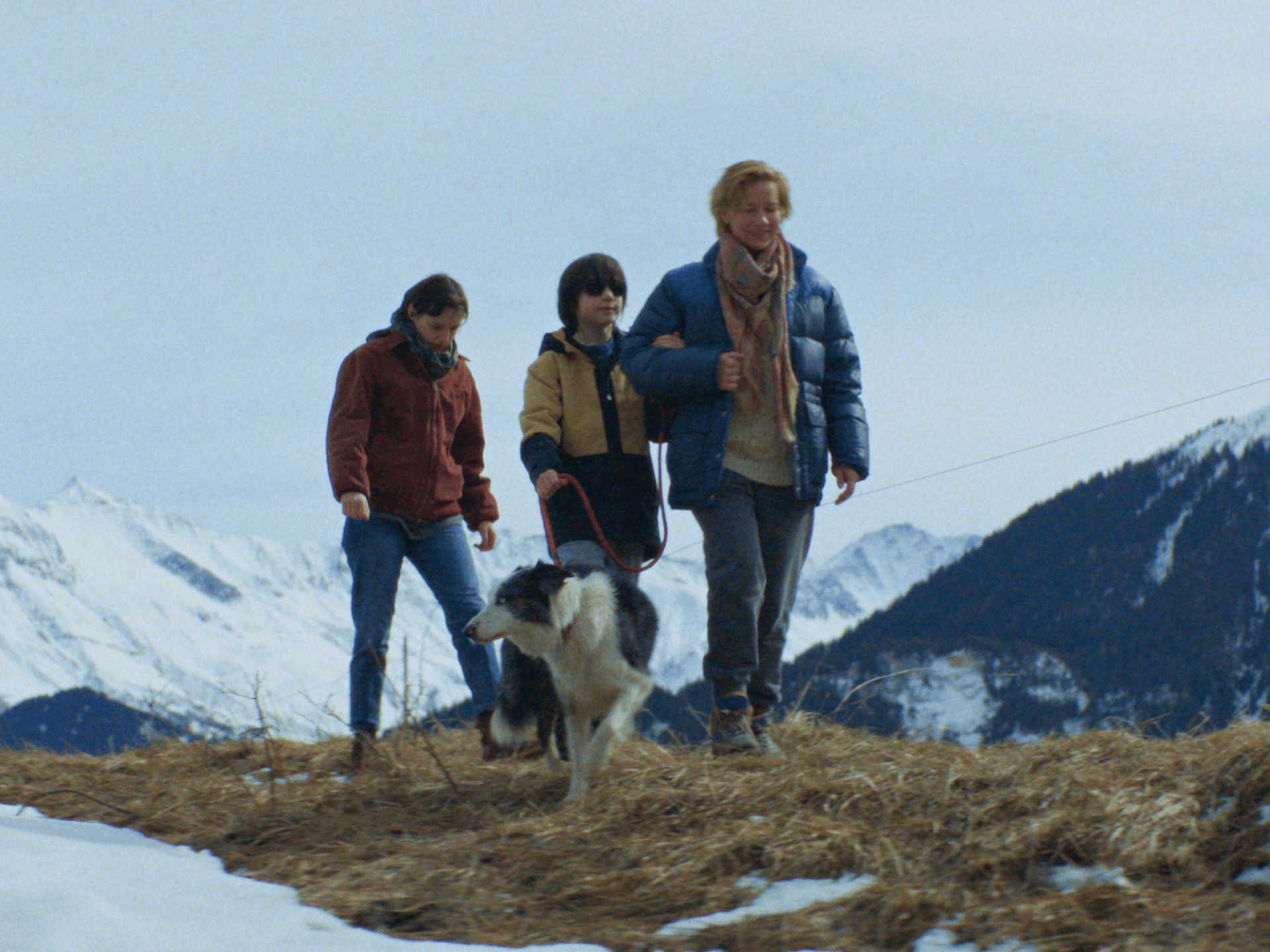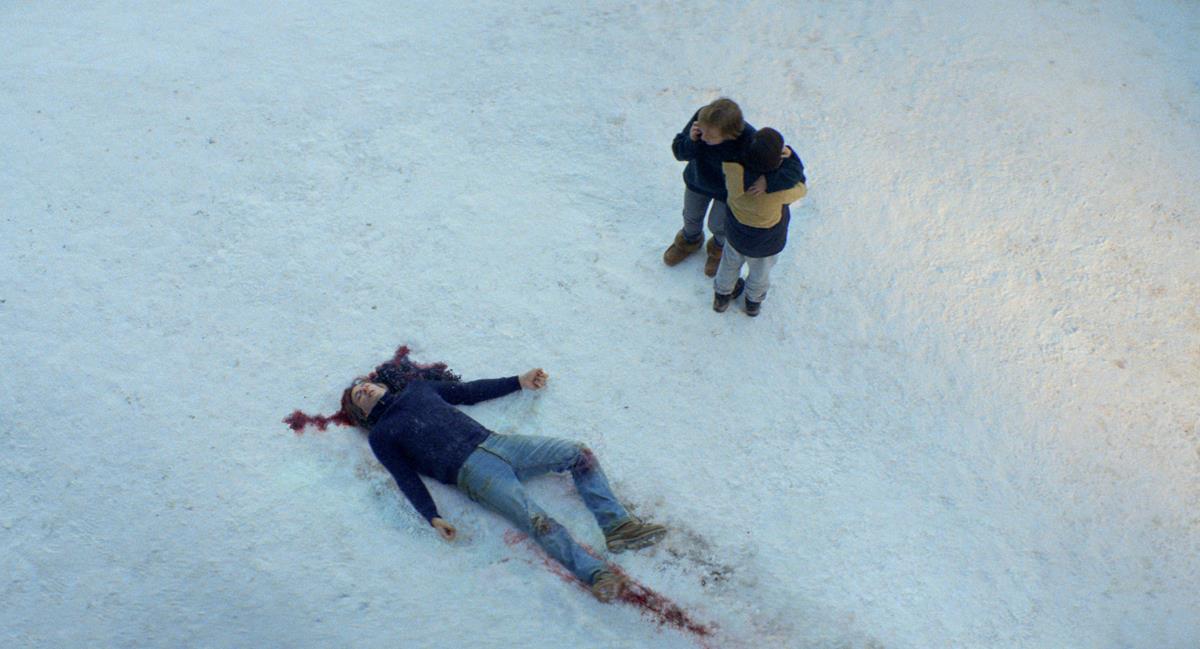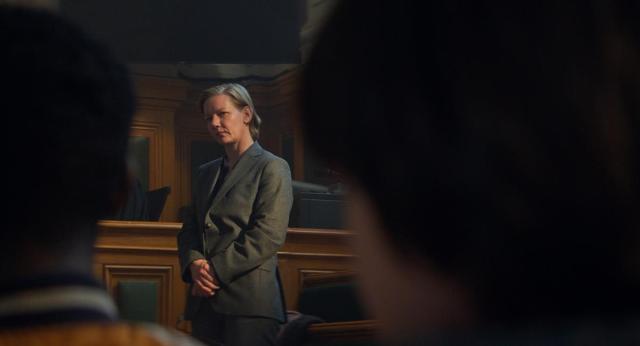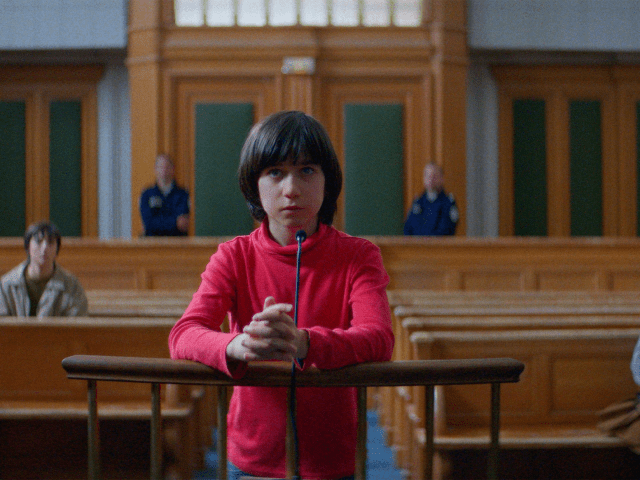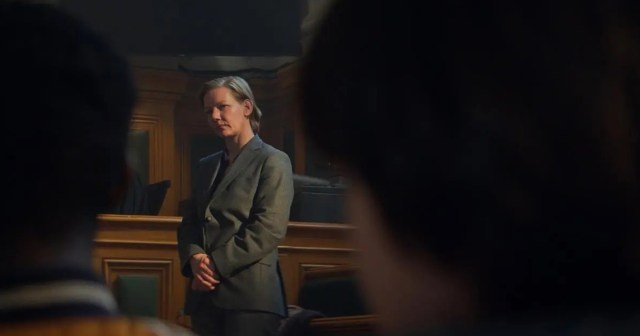
TL;DR
- The tension between truth and doubt and what we see and hear on screen is at the heart of the story and the filmmaking in “Anatomy of a Fall.”
- Editor Laurent Sénéchal talks about the challenges of maintaining ambiguity around the lead character for Justine Triet’s Oscar-nominated thriller.
- Triet seems to be putting the nature of truth under layers of translation, explaining that the question of the language is at the core of their work.
There are no easy answers to “did-she-do-it?” mystery Anatomy of a Fall, but neither is this the switch-back sensationalism of Hollywood courtroom dramas like Presumed Innocent or Jagged Edge. Keeping the audience guessing without tilting their bias either toward or against the accused at the center of the drama was the key for director Justine Triet and editor Laurent Sénéchal.
“We didn’t want to play a game, having the audience feeling that she’s guilty for 15 minutes, then she’s not guilty,” the editor told Steve Hullfish’s Art of the Cut podcast. “We wanted the audience to keep their doubts about her, but to start to be endeared by her — to start to be with her in these intimate moments. It was a challenge for Justine to ask the audience to do both keep doubts, but also ask the audience to love her.”

Anatomy of a Fall won the Palme d’Or at Cannes, is nominated for five awards at the Oscars, including Best Picture and Best Editor for Sénéchal, who is also nominated for an ACE Eddie award.
At the beginning of the film, a man dies and like many thrillers, there’s a pacing of the revelations — the things that are discovered about the death. Triet and Sénéchal however are constructing, or deconstructing, the courtroom drama genre.
Sénéchal says it was really important to be precise with these elements to maintain the ambiguity around Sandra, the accused (played by Sandra Hüller, who is nominated for an Oscar for Best Actress).
“The idea was to start like a thriller movie. We were aiming to use this genre movie to lead the audience as far as possible in the complexity with our characters. It’s a movie that is not straight forward.”
The film questions the nature of love and married relationships, what is to be an individual in a couple? asks what is to be a father, what is to be a son, quizzes our memories and how we construct truth in real life and in the movies.
“It’s really complex. So, you’re going to see a thriller, but an unusual one. We had to pay attention to this idea during the editing process.”
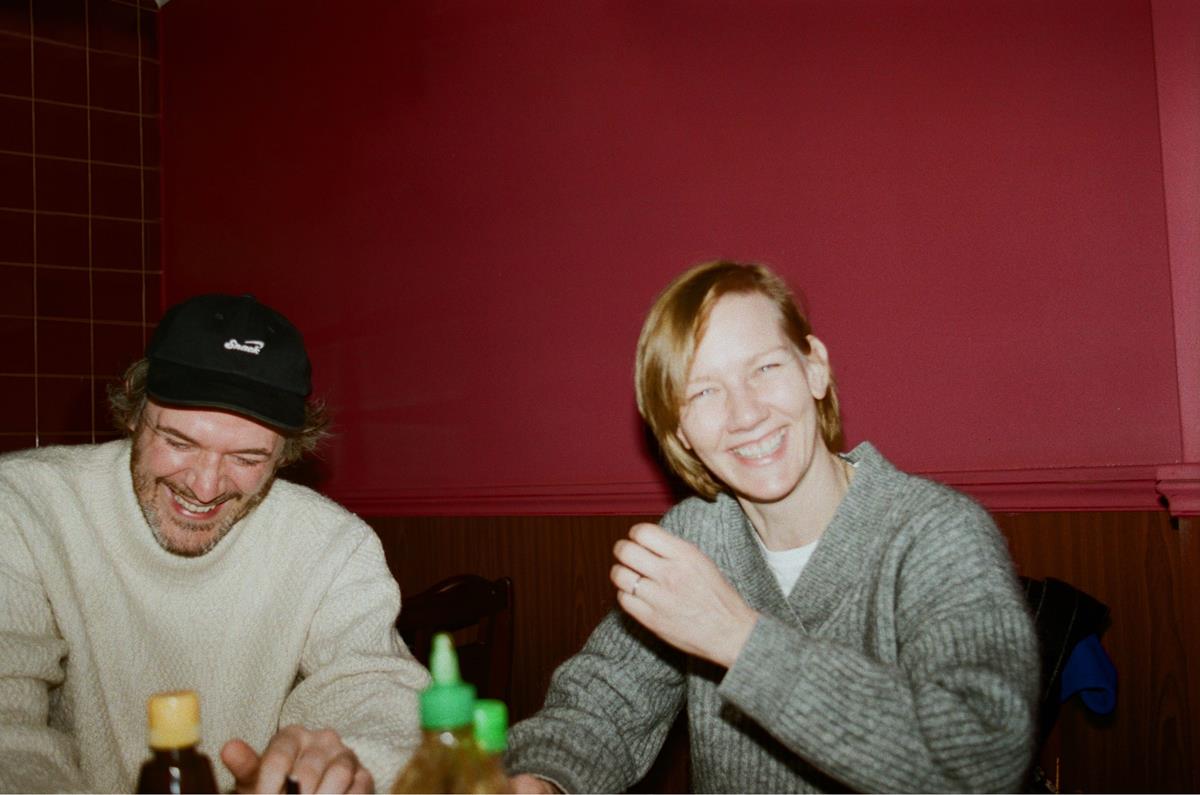
Sénéchal goes into more detail in discussion with Awards Radar, telling Maxance Vincent, “It was really challenging because as soon as we had scenes in a certain order or scenes showing some things between her and her husband Samuel [Theis], you could have a total derailment. We could derail the main contract between the audience and the movie because we’d edited scenes in a certain way, where we felt like Sandra was being manipulative towards Samuel.
“So we had to rethink, screen the movie, and redesign some scenes, to make sure that we find her endearing, even if we have doubts about her. It was really hard to build the path of the audience. You are free as an audience to make up your own mind about what you see. My job as editor is to build very wide roads for the audience to make their own journey into the movie.”
READ MORE: Interview: Oscar-Nominated Editor Laurent Sénéchal Discusses ‘Anatomy of a Fall’ (Awards Radar)
“Anatomy of a Fall” | Official Clip – “You Are Not A Victim”
Sénéchal spent 40 weeks in editorial to shape the picture. There’s a section in the trial where an audio recording of a fight is being played in court, and it starts with just the audio, then it jumps to flashbacks of the actual fight.
“I asked them to shoot it in a way that we have options,” he related to Hullfish. “We can stay long in the courtroom before going in the flashback if we want to because I knew that this moment was going to be tricky for me. They got very long shots on Sandra Hüller. Also they got the audience in the courtroom.”
He continued, “What worked was to be long enough for the audience to be a bit lazy; they start to get used to the audio, and that’s when I go into the flashback, and you are very soon taken by the fight itself. Then, coming back into the courtroom we wanted it to be at the highest climax of the fight. But the climax — the words — what she’s saying to her husband — is so harsh. It’s really violent. The words are like weapons.”
Sénéchal had previously collaborated with Triet for 2016’s In Bed with Victoria and 2019’s Sibyl. Director and editor discuss their relationship in an interview recorded for Deadline’s The Process, as well as filming scenes with the film’s canine character and the choice to use different languages.
In Anatomy of a Fall, the characters live in France, but since the main character, Sandra, is not herself French (nor does she speak it very well), most of her dialogue is spoken in English.
This includes her appearances in court where after attempting to give her evidence in French, she gives up and speaks in English for the rest of the case, resulting in a rather strange scenario of her being questioned in French, understanding perfectly, and responding in English.
Triet seems to be putting the nature of truth under layers of translation, telling The Process the question of the language is at the core of their work.
Sénéchal adds, “We also wanted the movie to be simple for the audience because the subject was so complex. There is a complexity in the empathy for the main character.”
Even when the verdict is reached in the case there’s still a lingering sense of ambiguity which bleeds into the moment that Sandra is reunited with her son.
“What we wanted to show is the arc of a boy who is growing up,” he explained to Awards Radar. “You still don’t know the mother, you are starting not to know how the boy is feeling. When they’re reconnecting in the house, everything is so complicated.”
He adds, “The movie shows how you must stop thinking of life as straight, simple, and compact. Becoming a grown-up for him is becoming opaque, too, because at the end, when he is doing his second testimony, we see him calling on memories, but it feels like an invention. We want the audience to feel that when we have these images, who do we ultimately suspect? There is a tension between truth and doubts and what is on screen. We don’t have access to everything he’s thinking, and he may become like his mother, someone we don’t know. But it’s our condition to listen to them and make up our minds about what is on screen.”
READ MORE: An ‘Anatomy Of A Fall’ TV Series? Justine Triet & Editor Laurent Sénéchal Discussed It – The Process (Deadline)
Elaborating on this to Kara Warner at Vanity Fair, Sénéchal said he identified that the flashback argument was “a very strange scene” in the script. “At the beginning, I was wondering if it was going to work because it’s nobody’s point of view at all. Then I saw the material and when we started, it was obvious that it has to be like that. That’s the power of cinema. It can seem weird when you read it, but when you are in front of the actors, the characters, it’s so vivid. It’s at the heart of the story.”
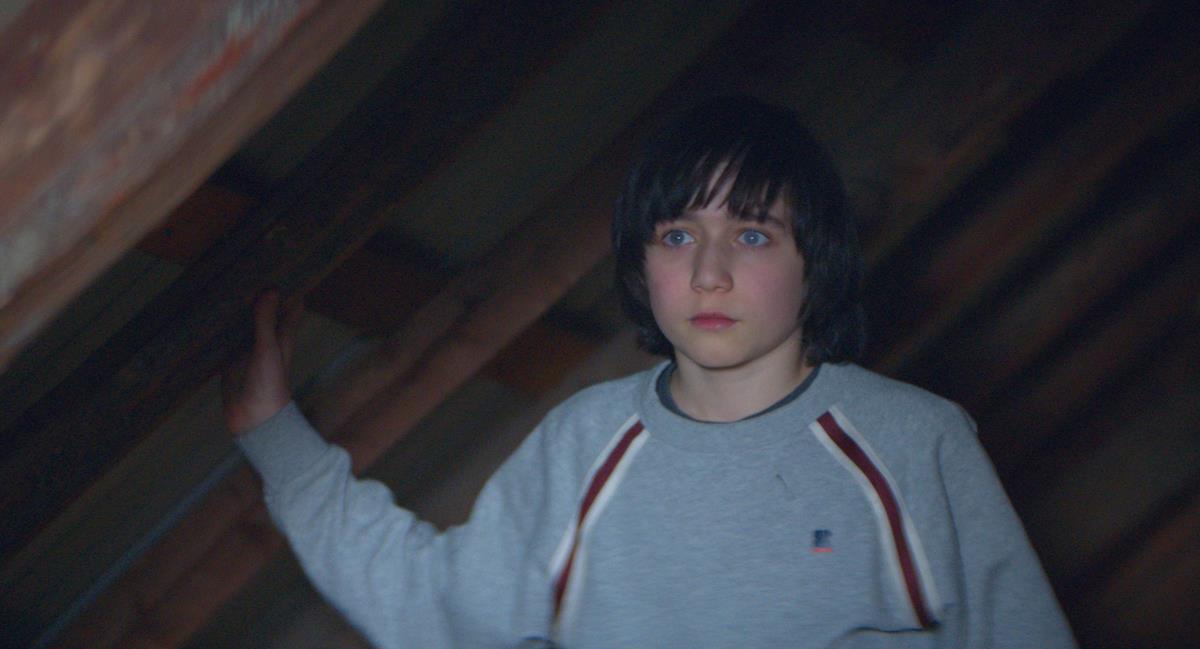
Speaking on The Rough Cut podcast, Sénéchal discussed turning the thriller into Kramer vs Kramer as the drama pivots on how we view the relationship between husband and wife as we learn more private details about them.
The nuances in their relationship script stem from the script but the writer-director and editor still had to extract the right balance from the coverage in editorial.
“It’s not a movie which was heavily recut in post so much as redesigned,” Sénéchal told Vanity Fair. “The main aspects of the movie were really well-scripted. We made deliberate choices like the fact that we didn’t use any score music. I think it was a good choice because if we had divided the argument in pieces, in sections, it would’ve been another movie.”
Sénéchal compared the delicate juggling act to playing Tetris. “If [we] changed some slight details in the beginning, you could really see another movie emerge. Sometimes we had some derailment of the ambiguity around Sandra. The movie was no longer very interesting when she was becoming too innocent or too guilty, or too manipulative. The main challenge for the editing was this arc of ambiguity for her, how to stay with her, how to be endeared by her with this ambiguity still around her. It was really hard to do.”



